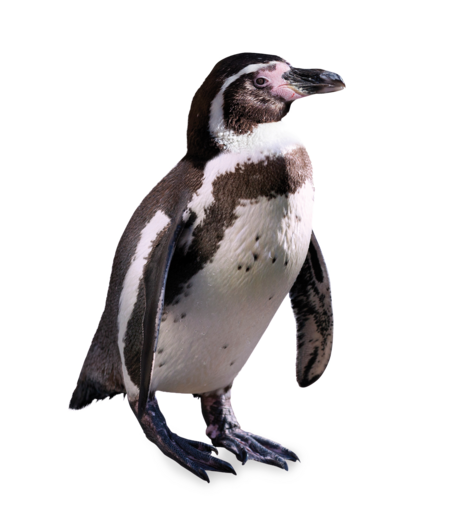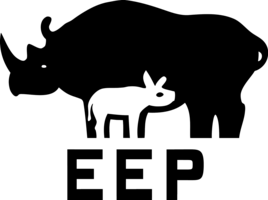Humboldt Penguin
Spheniscus humboldti
![humboldt penguin [Translate to English:] Humboldtpinguin im Tierpark Hellabrunn.](/fileadmin/_processed_/3/a/csm_humboldtpinguin-tierpark-hellabrunn-amerika-tierlexikon_b6dd996452.jpg)
- Family
- Penguins (Spheniscidae)
- Weight
- 3,5 – 6 kg
- Habitat
- Coastlines
Lucrative dung
The accumulated droppings of penguins and other seabirds is known as guano. The dried bird droppings is vital to the survival of the Humboldt penguin as this is where they burrow their nests. However guano is also used as an organic fertiliser. The harvesting of this phosphate- and nitrateric product destroys nests and makes it increasingly difficult for the Humboldt penguin to find suitable breeding sites.

Some like it hot
Not all penguin species live in cold regions. The Humboldt penguin is native to the Pacific coasts of Peru and Chile. It is named after the cold, food-rich Humboldt Current in which it forages. The Humboldt has special adaptations to help it keep cool in the warmer climate such as a thinner layer of fat than penguin species living further south. It also has pink patches of bare skin on the face, around the beak, through which it shed excess heat.
The Humboldt penguin has small black dots scattered across its white belly. The dot pattern is unique to each individual – just like our fingerprints.
Distribution


Hellabrunn Zoo participates in the European Endangered Species Programmes